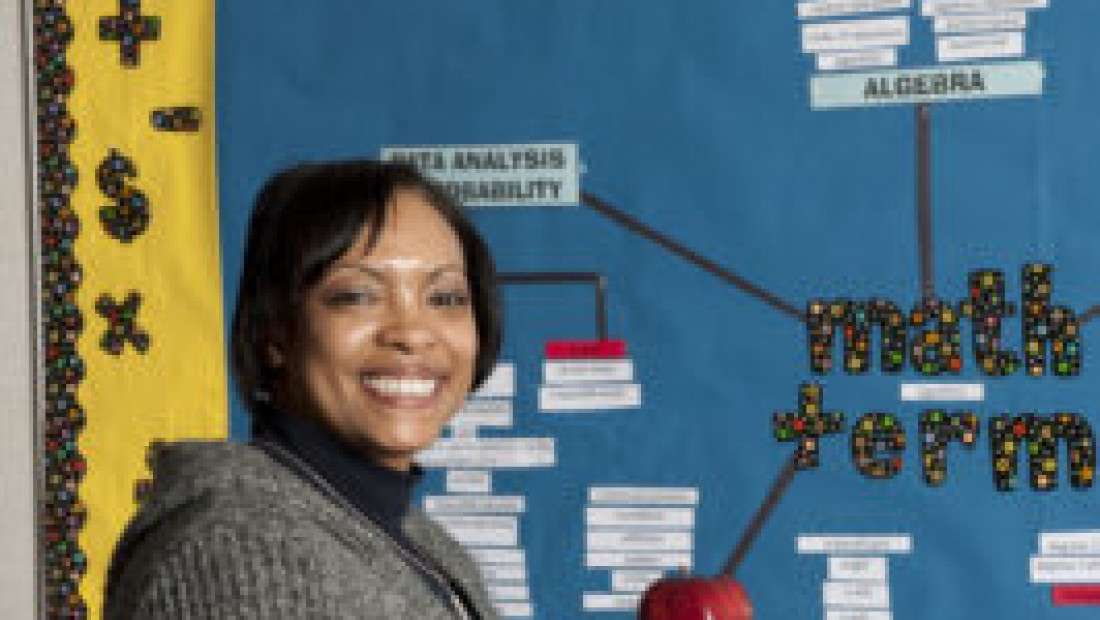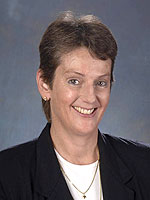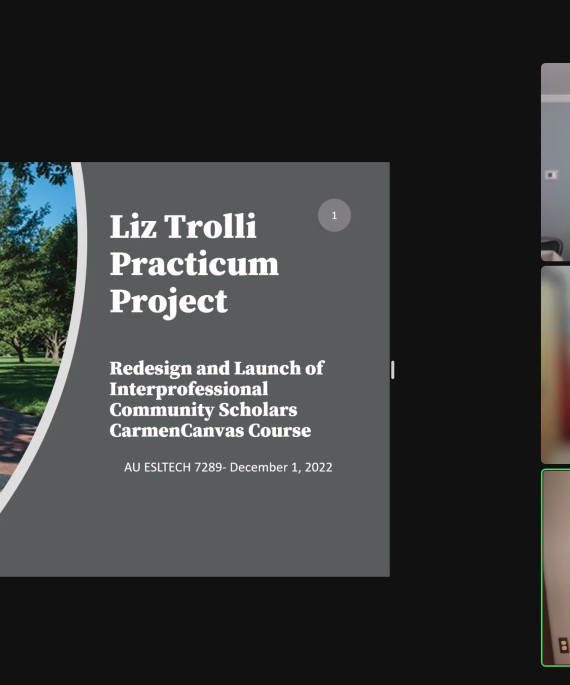
Children benefit from quality teachers in 12 states, Washington, D.C., and Puerto Rico
Children at high-need, hard-to-staff school districts gained more than 1,500 qualified teachers, thanks to two grant projects led by Associate Professor Belinda Gimbert during the last nine years.
“Our projects overcame shortages of highly-qualified teachers by recruiting, preparing and retaining recent college graduates, midcareer professionals and paraprofessionals,” said Gimbert, whose studies strategic management of human resources in chronically low-performing, hard-to-staff school systems.
“We exceeded our goals by preparing 1,554 individuals who committed to being teachers of record for at least three years in high-need schools. A teacher of record, or ToR, has lead responsibility for student learning in a subject or course with aligned performance measures, so it’s a critical role.”
The five-year Kansas, Nevada, Ohio, Texas Transition to Teaching (KNOTtT) project successfully prepared 573 professionals with bachelor's degrees to teach science and math in 35 participating local education agencies (LEAs). The project began in 2007.
Gimbert’s second project, Mobilizing National Educator Talent (m-NET) grant, expanded KNOTtT to 12 states, Washington, D.C., and Puerto Rico. Now in its fourth of five years, the $10.8 million project has successfully prepared 981 teachers for 107 LEAs. The teachers are in core areas: science, mathematics, English, foreign languages, social studies, special education and English as a second language.
“Now that so many entities can offer teacher education programs — school districts, states, nonprofit organization and for-profit companies — we need consistency in quality for these alternative preparation programs,” said Cheryl Achterberg, dean of the College of Education and Human Ecology.
“The federal government, in expanding KNOTtT, recognized our success in providing excellence in teacher preparation beyond the traditional pathway.”
An online learning community expands project reach
Innovations refined in KNOTtT are fostering success for the m-NET consortium of state departments of education, universities, local education associations (LEAs) and educational organizations.
Gimbert and her team, guided by project manager Rebecca Parker of the college’s Center on Education and Training for Employment (CETE), created an innovative, virtual learning community. It ensures that teachers hired by LEAs hone their skills and attain full state certification as core academic teachers.
The m-NET virtual learning community offers teachers eLearning tools and applications to access courses in their core areas. Content packages are offered on topics such as classroom management and assessment strategies, STEM (Science, Technology, Engineering, and Math) pedagogy, online instructional pedagogy, and equity to accelerate learning opportunities for diverse students.
More than three-quarters of the teachers report that their understanding of instructional technology and their content and pedagogical knowledge improved through use of m-NET’s online supports.
Approximately two-thirds of the teachers report that as a result of the online support, they are better prepared to pass state-mandated pedagogical and content tests.
Teachers also take part in regularly scheduled, live eCoaching sessions delivered by experienced teachers through web-based and mobile technologies. In addition, teachers may request private sessions with these experts through the m-NET Coaching Corner, to help with specific teaching challenges.
Project administrators benefit from online coordination, enhanced technology
Even the administrators on the two projects meet virtually on a regular schedule. They manage the fiscal aspects of the project and address issues that arise.
School administrators worked together virtually to overcome barriers to hiring. For instance, extended hiring processes can slow offers, resulting in highly-qualified candidates accepting positions elsewhere. Administrators overcame this challenge by conducting online selection interviews with prospective teachers, then attracting them with early contract offers.
Collecting information to evaluate project outcomes across multiple states was another challenge solved by technology. Gimbert and her evaluators needed to collate recruitment and retention data to track the hundreds of teachers in training. School sites wanted to collect data about teachers’ progress toward meeting state certification requirements, such as number of professional development hours completed.
By using technological skills, m-NET’s external evaluators worked with CETE staff to securely merge and analyze data from across the sites to report the project’s findings.
Success in recruiting teachers for special education, STEM and from underrepresented groups
Three categories of success stand out in m-NET. From the first to the third year, a growing majority of teachers chose to serve special education students, followed by STEM teachers and early childhood generalists who teach up to grade six.
In addition, across all four years, 65 percent of the teachers recruited were men and women from groups traditionally under-represented among teachers, including African Americans, Latinos/Hispanics/Chicanos, Native Americans/Alaskan Natives, persons with disabilities and women.
A total of 42 percent of the STEM teachers were from traditionally under-represented groups.
First KNOTtT and now m-NET are connecting the right professionals to high-need school districts to improve teaching that brings lifelong benefits to our students.
Both projects have been funded by the U.S. Department of Education, Office of Innovation and Improvement, Transition to Teaching.





